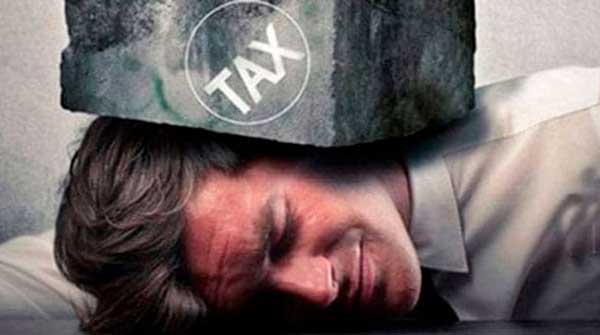 In the debate over whether the Alberta government should reduce and reform spending to cushion the blow from falling revenues, some claim higher taxes will balance the books.
In the debate over whether the Alberta government should reduce and reform spending to cushion the blow from falling revenues, some claim higher taxes will balance the books.
How soon we forget. Alberta tried that in the late 1980s.
It didn’t work.
It wasn’t until the 1990s, when Alberta got serious about spending reforms and reductions, that the budget was balanced. (Incidentally, that same decade the NDP in Saskatchewan, the Progressive Conservatives in Ontario and the federal Liberals also reformed and reduced budget expenditures to get to balanced budgets.)
Some history. After the per barrel price of oil collapsed by 45 percent between January and March 1986, the provincial government stopped transfers to the Alberta Heritage Savings Trust Fund. It also began to transfer Heritage Fund income to the government’s budget to make the province’s finances appear more sustainable.
Then the province hit Albertans with new and higher taxes. “We will increase taxes substantially at the outset of this deficit reduction plan” said then-treasurer (the old name for an Alberta finance minister) Dick Johnston in his 1987 budget speech.
Tax increases included higher provincial personal income taxes, a new surtax, another new tax on all incomes of 1 percent, an increase in tobacco taxes and liquor mark-ups, an increase in license registration fees, a new hotel room tax of 5 percent, a new fuel tax, a one-third increase in the corporate tax rate, and higher insurance premium taxes.
When the tax increases, with their dampening effect on the economy, failed to balance the budget, the province finally admitted there was another problem: unsustainable spending built up in the boom years.
In his 1988 budget speech, Johnston remarked that “even with the expenditure and tax measures implemented in the last budget, Alberta continues to have the highest per capita spending on services.”
But even then, politicians hoped that tax hikes, modest spending reductions and rising energy prices would rescue provincial finances. But oil prices didn’t cooperate. They rose briefly in the fall of 1990 in the wake of the first Gulf War before dropping back to the range seen in previous years.
By 1993, the Alberta Financial Review Commission summarized the historic problem with provincial finances. “The province is spending more than it can afford, has done so every year for the last eight years, and the rate of overspending is increasing.”
In late 1992, when Ralph Klein entered the premier’s office, per person program spending was already down slightly from the late 1980s highs.
However, because Klein’s predecessors refused to acknowledge the full effect of lower oil prices on the province’s ability to spend – re-read the commission’s statement above about the “last eight years” – deep spending reductions were required. Per person program spending was cut, in real terms, by 24 percent from $8,978 in 1993/94 to $6,828 by 1996/97.
People can quibble over what constitutes the “right” amount of government spending, but here’s an unavoidable fact. By 2004/05, Alberta’s per person program spending had already returned to early 1990s levels ($8,965) then continued to grow, hitting $10,967 last year. (All numbers are adjusted for inflation, so they are apples-to-apples.)
So today, on a per person basis, Alberta teeters more precariously on a high-spending cliff than in the early 1990s.
Of course, the issues are different today. Two decades ago, debt interest formed a much larger share of provincial expenditures, and welfare needed serious reform. Now, on average, government employee wages are 6.9 percent higher than private sector wages for comparable private sector work. And government pension plan costs are rising.
Whatever the government decides to do, Alberta has been here before. But tax hikes, modest spending reductions and hopes for a quick energy-based recovery were not enough to balance the books back then. Faint hopes are unlikely to work any magic now. Deeper cuts to the spending side of the budget are unavoidable.
Mark Milke is a Senior Fellow at the Fraser Institute and author of The Rhetoric and Reality of Alberta’s Deficits in the 1980s, 1990s and Now.
Mark is a Troy Media contributor. Why aren’t you?
The views, opinions and positions expressed by columnists and contributors are the author’s alone. They do not inherently or expressly reflect the views, opinions and/or positions of our publication.


